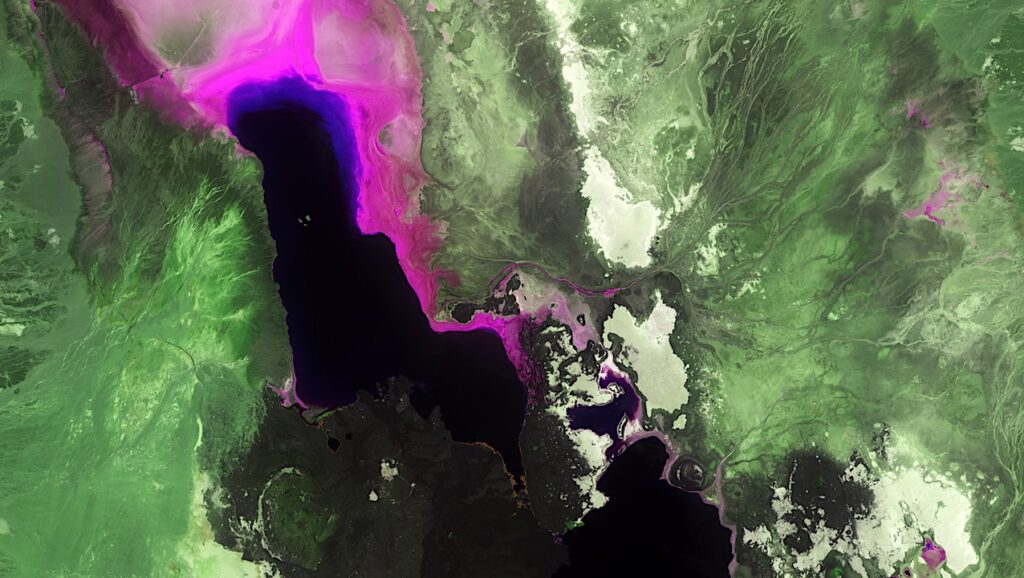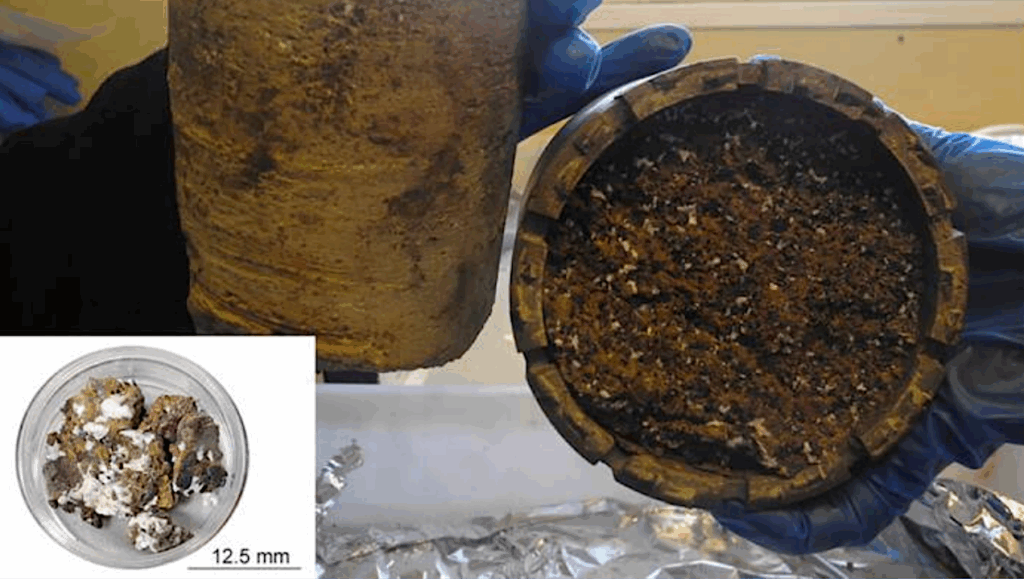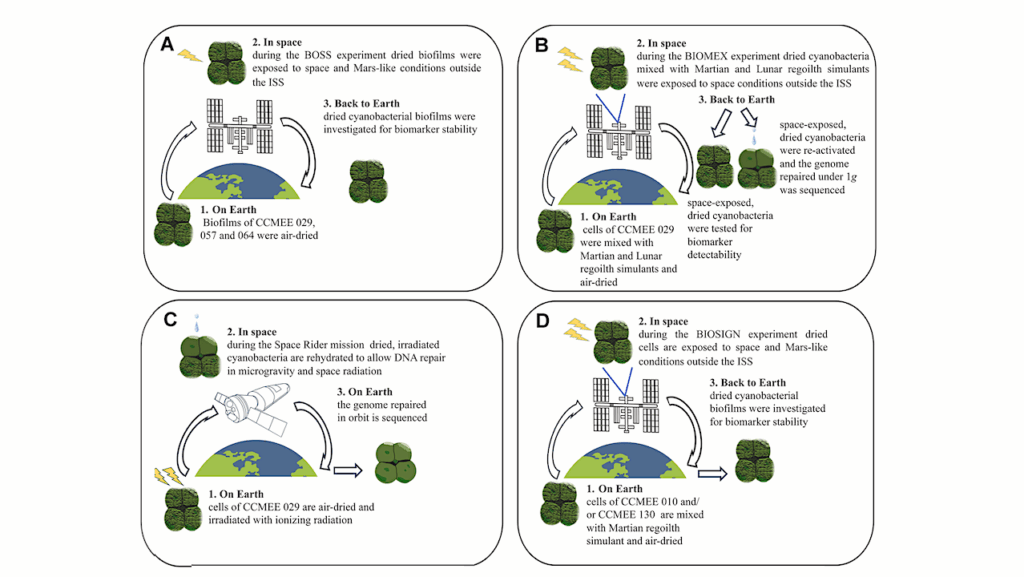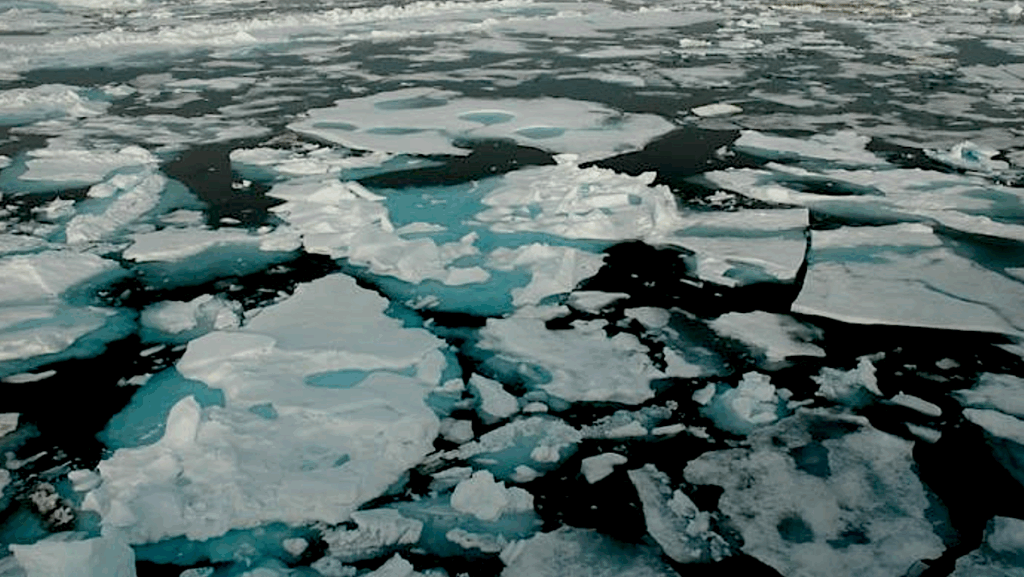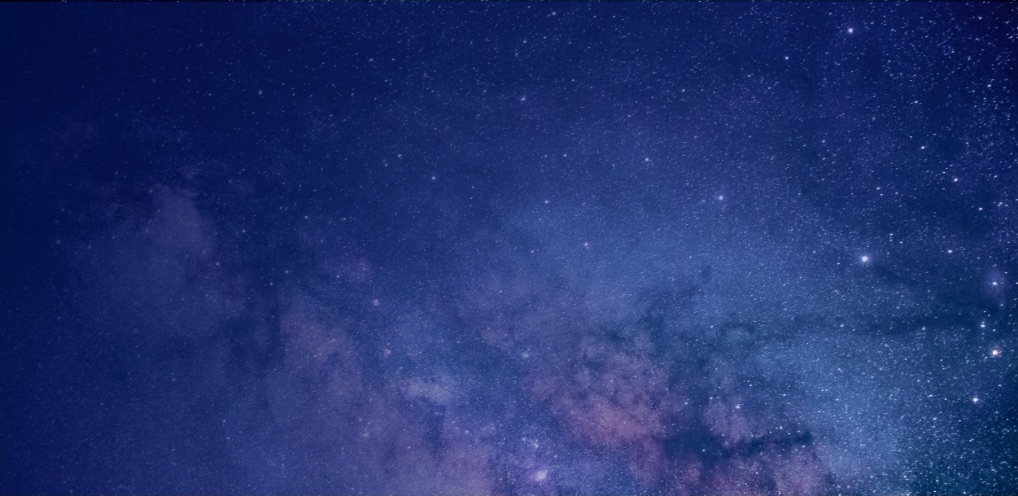Resilience of Metabolically Active Biofilms of a Desert Cyanobacterium Capable of Far-Red Photosynthesis Under Mars-like Conditions

The response of the desert cyanobacterium Chroococcidiopsis sp. CCMEE 010 was tested in Mars simulations to investigate the possibility of photosynthesis in near-surface protected niches.
This cyanobacterium colonizes lithic niches enriched in far-red light (FRL) and depleted in visible light (VL) and is capable of far-red light photoacclimation (FaRLiP). Biofilms were grown under FRL and VL and exposed in a hydrated state to a low-pressure atmosphere, variable humidity, and UV irradiation, as occur on the Martian surface.
VL biofilms showed a maximum quantum efficiency that dropped after 1 h, whereas a slow reduction occurred in FRL biofilms up to undetectable after 8 h, indicating that UV irradiation was the primary cause of photoinhibition.
Post-exposure analyses showed that VL and FRL biofilms were dehydrated, suggesting that they entered a dried, dormant state and that top-layer cells shielded bottom-layer cells from UV radiation.
After Mars simulations, the survivors (12% in VL biofilms and few cells in FRL biofilms) suggested that, during the evolution of Mars habitability, near-surface niches could have been colonized by phototrophs utilizing low-energy light.
The biofilm UV resistance suggests that, during the loss of surface habitability on Mars, microbial life-forms might have survived surface conditions by taking refuge in near-surface protected niches.

Visual inspection of Chroococcidiopsis sp. 010 biofilms. FRL and VL biofilms before (A) and after 3 days of Mars simulation (B). — LIFE
Resilience of Metabolically Active Biofilms of a Desert Cyanobacterium Capable of Far-Red Photosynthesis Under Mars-like Conditions, LIFE (open access)
Astrobiology


